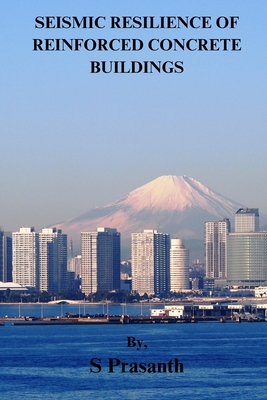You are here
Back to topSeismic Resilience of Reinforced Concrete Buildings (Paperback)
Email or call for price
Description
Owing to a rise in natural disasters in the recent past, there is a need for a resilient community to cope with disasters. In order to make the structure more robust, the idea of resilience based design has emerged in recent times. This concept deals with society's readiness to resolve the catastrophic incident in terms of "recovery" at an optimal rate. Resilience is about preserving and restoring functionality, not just about stability. At seismic events, the building society need to be sustainable in terms of its functionality at post-seismic event. As per sustainable construction, the building performance should be consistent and resilient throughout the entire life cycle of the building. The building functionality greatly affected by the various factors such as change in seismicity conditions, reduction in concrete member stiffness, change in asymmetry and variation in design acceleration spectrum with respect to various factors like importance factor (I), response reduction factor (R), I/R ratios. All above studies were conducted in order to estimate resilience for future earthquake demands in order to create resilient cities/societies that can keep functional before/after a catastrophic occurrence. In order to change in seismicity levels as pre-seismic event assessment, the studies were silent about maximum ground motion susceptibility of the designed structure in terms of achieving a certain minimum value of resilience satisfying the maximum performance level. It is important to note that the behavior of a particular structure will be significantly affected due to change in seismicity level which is a consequences of environmental changes and natural imbalances. Understanding the behavior of reinforced concrete structures during seismic event is a great challenge, as it depends on the stiffness of the structural members which plays significant role in structural safety. The structural mechanism does not have consistent rigidity due to a variety of factors such as human error, environmental considerations, and other factors that contribute to
